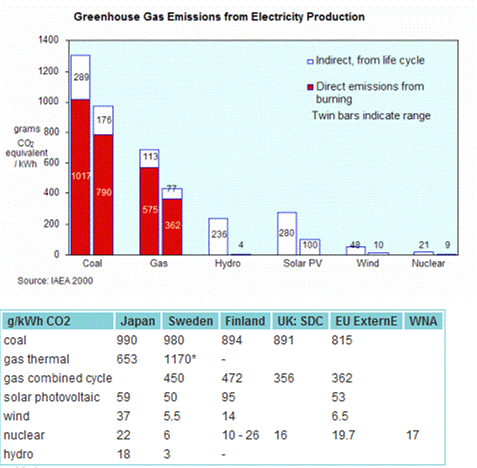
We’re in a recession. Fair enough. Businesses will go bust and that is the way of the world, sad though that is. Different businesses ones will spring up to replace them. However, one closed yesterday which on top of the tragedy of 400 lost jobs in Wales, it could have an enormous impact on the environment.
Anglesey Aluminium, which opened 40 years ago, announced in August that it would cease smelting work, where the raw materials are heated up to create aluminium. The UK government had offered a £48m rescue package over four years but this was rejected by the plant’s owners because it was “not enough to break even”.
But Aluminium demand is on the rise, so the smelting will be done, but elsewhere in the world.
 So what you ask? Well, the kicker is that plant on the outskirts of Holyhead, used 12% of the total electricity in Wales. Yes, that is not a misprint, 12% of the total electricity supply of a whole country. For one plant. Crikey.
So what you ask? Well, the kicker is that plant on the outskirts of Holyhead, used 12% of the total electricity in Wales. Yes, that is not a misprint, 12% of the total electricity supply of a whole country. For one plant. Crikey.
Now this electricty has to come from somewhere, and AA has been pretty much linked to the nuclear power station at Wylfa, 14 miles away. One of the main issues was that it was due to be decommissioned, and other options were more expensive.
Estimates give the consumption of the plant as about 2,200 Million Kwh per year. Or if it came from the normal UK grid (at 544g/kwh), a footprint of 1.2 million tonnes of CO2. However, its from Nuclear, and the best research available (http://www.world-nuclear.org/education/comparativeco2.html) quotes the g/kwh figure as 16g/kwh. So the footprint of the plant is more like 35,000 tonnes of CO2, just 3% of a non-nuclear power source.
So what happens when the slack in Aluminium production is taken up by India or China and fueled by a gas or coal? Well, the table below (using UK figures which are probably very optimistic) shows Anglesey Aluminium’s closure is likely to cause between 750,000 and 2,000,000 tonnes of extra CO2 in the atmosphere every year.





